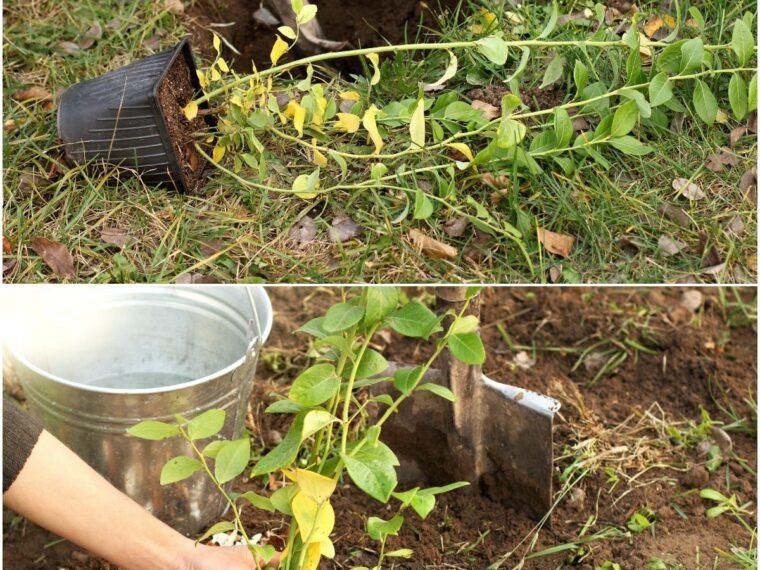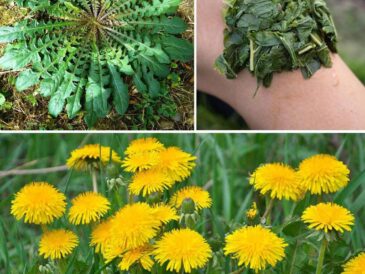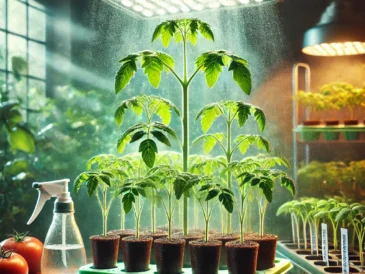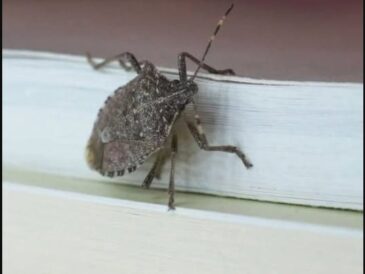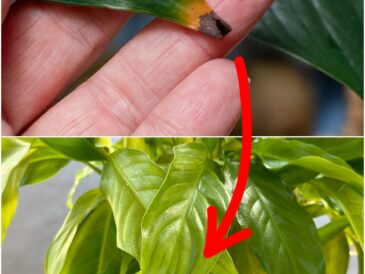Planting fruit bushes and canes in the fall is one of the best ways to ensure a bountiful berry harvest next summer. The cooler weather and more consistent rainfall help roots establish themselves before winter dormancy, giving your plants a strong start in the spring. If you’re hoping for endless berries to enjoy next year, here are 20 types of fruit bushes and canes you can plant this fall, along with essential planting tips.
1. Raspberries
- Varieties: Summer-bearing and ever-bearing.
- What to Know: Raspberries prefer well-drained soil with plenty of organic matter. They thrive in full sun and require trellising for support as they grow.
2. Blackberries
- Varieties: Thorny and thornless.
- What to Know: Blackberries grow well in rich, well-drained soil. Choose a sunny spot, and prune the canes after fruiting to encourage next year’s crop.
3. Blueberries
- Varieties: Highbush, lowbush, and rabbiteye.
- What to Know: Blueberries need acidic soil (pH 4.5-5.5) and a sunny, sheltered location. Consider planting more than one variety for better pollination and higher yields.
4. Strawberries
- Varieties: June-bearing, ever-bearing, and day-neutral.
- What to Know: Strawberries need fertile, well-drained soil and plenty of sunlight. Mulch heavily in the fall to protect the plants from frost.
5. Gooseberries
- Varieties: European and American.
- What to Know: Gooseberries are hardy and prefer well-drained, loamy soil. They are shade-tolerant but produce the most fruit in full sun.
6. Currants
- Varieties: Red, black, and white currants.
- What to Know: Currants prefer cool climates and can tolerate partial shade. They thrive in slightly acidic soil rich in organic material.
7. Elderberries
- Varieties: American and European.
- What to Know: Elderberries are low-maintenance plants that thrive in well-drained, slightly acidic soil. Full sun or partial shade is ideal for their growth.
8. Loganberries
- What to Know: Loganberries are a hybrid between raspberries and blackberries. They need trellising and prefer well-drained soil with full sun exposure.
9. Boysenberries
- What to Know: Boysenberries, another blackberry-raspberry hybrid, grow best in slightly acidic, well-drained soil and need full sun.
10. Tayberries
- What to Know: Tayberries are another cross between blackberries and raspberries. They require well-drained soil and a sunny location for maximum fruit production.
11. Lingonberries
- What to Know: Lingonberries prefer acidic, sandy soil and are relatively cold-hardy. They thrive in partial shade but can tolerate full sun in cooler climates.
12. Jostaberries
- What to Know: Jostaberries are a cross between blackcurrants and gooseberries. They require well-drained, fertile soil and can handle partial shade.
13. Honeyberries
- What to Know: Honeyberries are very cold-hardy and need acidic soil. Plant them in full sun to partial shade for best results.
14. Huckleberries
- What to Know: Huckleberries prefer acidic, well-drained soil. They grow best in partial shade, mimicking their natural woodland environment.
15. Marionberries
- What to Know: Marionberries need fertile, well-drained soil and full sun. They are a type of blackberry and produce large, sweet berries.
16. Mulberries
- Varieties: Red, white, and black mulberries.
- What to Know: Mulberries are relatively low-maintenance and thrive in rich, well-drained soil. Full sun is best for fruit production.
17. Aronia Berries (Chokeberries)
- What to Know: Aronia berries are extremely cold-hardy and prefer moist, well-drained soil. They tolerate both full sun and partial shade.
18. Cranberries
- What to Know: Cranberries require acidic, sandy soil and consistent moisture. They thrive in boggy conditions, so water them frequently.
19. Cloudberries
- What to Know: Cloudberries thrive in cool, acidic, and moist environments. They are perfect for areas with wet soil.
20. Sea Buckthorn
- What to Know: Sea buckthorn is hardy and thrives in well-drained soil with plenty of sun. It’s also drought-tolerant and fixes nitrogen in the soil.
Things You Need to Know Before Planting:
TO CONTINUE READING THE ARTICLE PLEASE SEE PAGE 2
